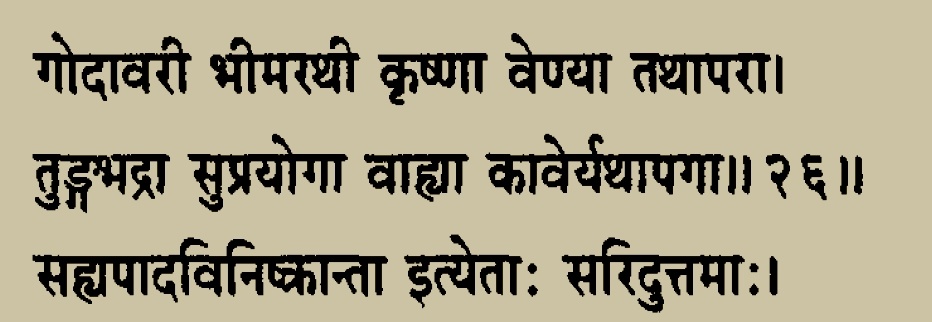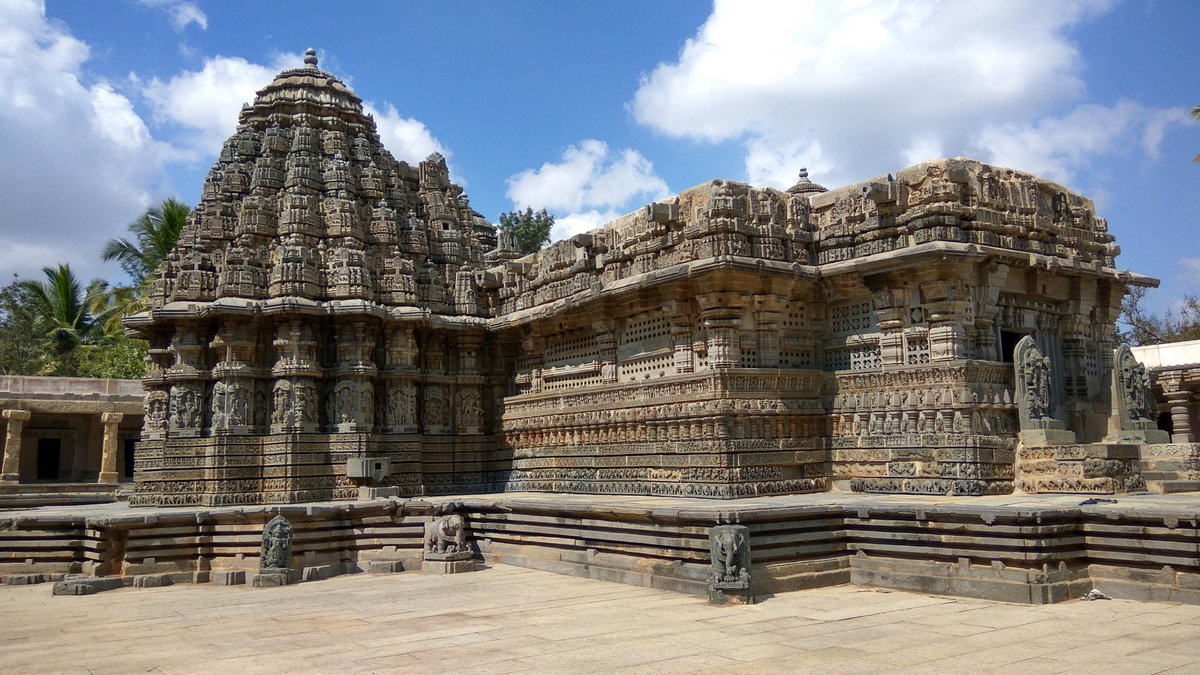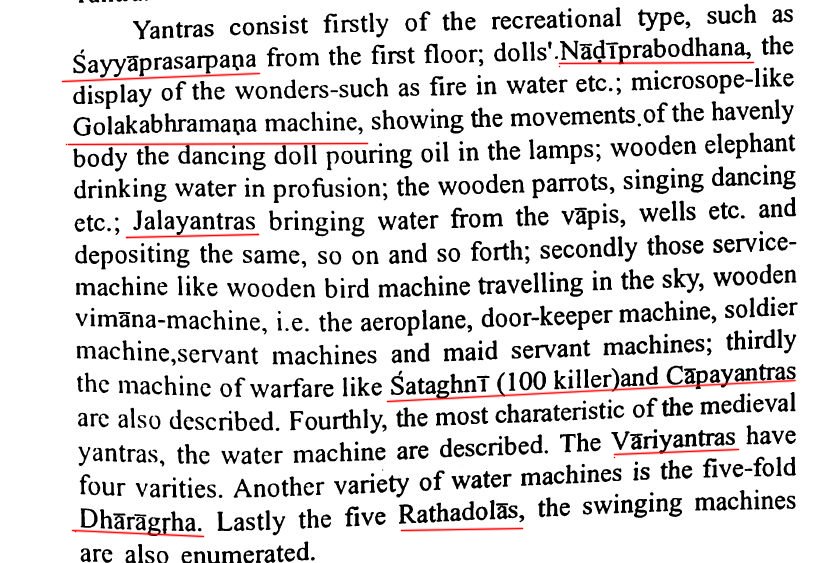One of the most exhaustive accounts of the description of Bharatavarsha & Jambudwipa comes from the Markandeya purnam. Markandeya describes to sage Kraustuki the geographical features including mountain, river & forest systems of Bharat.
https://twitter.com/subhash_kak/status/1304227324498448384
To the question posed by sage Kraustuki on the size of the earth, its continents, oceans, mountains & rivers of Bharat, Markandeya answers. He says the earth is 50 times 10 million yojanas in every direction. Markandeya also lists 7 continents including Jambudweepa. 

Markandeya lists the 7 continents (dweepa) in increasing order of their size starting with Jambudweepa followed by Plaksa, Salmala, Kusa, Krauncha, Saka & finally the Pushkara dvipa, the biggest of all.
He says all these 7 continents are surrounded by salt water ocean.
He says all these 7 continents are surrounded by salt water ocean.
In the following shlokas, Markandeya lists out the 9 division of Bharat. He demarcates the eastern & western borders by describing the people who dwell beyond the borders of Bharat. To the east are the Kiratas & the west the Yavanas. 

Markandeya lists 7 mountain ranges of Bharat.
1)Mahendra(eastern Odisha/AP ghats)
2)Malaya(Kerala/TN/Karnataka portion of western ghats)
3)Sahya(MH portion of western ghats)
4)Suktimat(chain of mountains in MP)
5)Rksa(central India)
6)Vindhya
7)Paripatra(western Vindhya range)
1)Mahendra(eastern Odisha/AP ghats)
2)Malaya(Kerala/TN/Karnataka portion of western ghats)
3)Sahya(MH portion of western ghats)
4)Suktimat(chain of mountains in MP)
5)Rksa(central India)
6)Vindhya
7)Paripatra(western Vindhya range)

Regarding the Himalayas, Markandeya mentions it while describing the geography of Jambudweepa. Himalaya is mentioned as a continental mountain range (हिमवान्हेमकूच निषधो मेरुरेव च), perhaps suggesting its massive size compared to the other mountain ranges. 

Apart from the 7 mountain ranges, Markandeya identifies individual peaks in them. For example this verse mentions mount Mandara of the Samudra mantan fame, identified as a peak near modern day Bhagalpur in Bihar. Bihar tourism site mentions it bihartourism.gov.in/districts/bank… 

Next Markandeya classifies rivers based on their origin (of the mountain range). 1st set of rivers are those originating from the Himalayas. Ganga, Saraswati & Sindhu being the foremost of the rivers.
Also mentioned are other holy rivers like Yamuna, Satadru, Iravati, Gomati etc
Also mentioned are other holy rivers like Yamuna, Satadru, Iravati, Gomati etc

Next set of rivers are those originating from the Paripatra mountain range(western Vindhyas).
The names of some of these rivers are so sweet sounding. Vedasmrti, Vedavati, Anandini, Sadanira, Avarni etc are some of the central Indian rivers originating from the Vindhyas.
The names of some of these rivers are so sweet sounding. Vedasmrti, Vedavati, Anandini, Sadanira, Avarni etc are some of the central Indian rivers originating from the Vindhyas.

Narmada, Mahanadi, Mandakini(different from the one at Rudraprayag) too are mentioned as rivers originating from the Vindhyas. Other rivers include Suratha, Chitrakuta, Citrotpala, Tamasa, Vanjula, Sumeruja, Suktimati, Vega vahini etc 

Markandeya next lists out rivers originating from the Sahyadri range(this includes even portion of the western ghats as far as present day Kodagu where Kaveri is born). Rivers listed are Godavari, Bhima, Krishna, Venya, Tungabhadra, Suprayoga(tributary of Krishna) & Kaveri. 

In this shloka Markandeya mentions the names of the southernmost rivers originating from the Malaya mountain range (Kerala part of western ghat). Rivers mentioned are Krtamala(Vedamali) a river flowing through Cochin, Tamaparani(the most well known of all), Pushpaja, Utpalavati. 

Rivers with their origins in the Mahendra mountains (eastern ghats)
Pitr-soma, Rsi-kulya, Iksukha, Tridiva,Laangulini, Vamshakaara. These rivers flow through Odisha & northern Andhra & into the bay of bengal.
Pitr-soma, Rsi-kulya, Iksukha, Tridiva,Laangulini, Vamshakaara. These rivers flow through Odisha & northern Andhra & into the bay of bengal.

Markandeya ends his description of rivers by saying
सर्वाः पुण्याः सरस्वत्यः सर्वा गङ्गाः समुद्रगाः
विश्वस्य मातरः सर्वाः सर्वपापहराः स्मृताः
All rivers possess holy merit,all r rivers flowing into the ocean,all r mothers of the world,they r well known to cleanse from all sin.
सर्वाः पुण्याः सरस्वत्यः सर्वा गङ्गाः समुद्रगाः
विश्वस्य मातरः सर्वाः सर्वपापहराः स्मृताः
All rivers possess holy merit,all r rivers flowing into the ocean,all r mothers of the world,they r well known to cleanse from all sin.
In the following shlokas, Markandeya goes on to describe the people dwelling within the realms of Bharatavarsha in very great detail.
Markandeya concludes with these two verses.
The second verse describes Bharatavarsha as a peninsula which is surrounded by the great ocean on its south, west & east. With Himalayas to the north stretching like the string of a bow.
The second verse describes Bharatavarsha as a peninsula which is surrounded by the great ocean on its south, west & east. With Himalayas to the north stretching like the string of a bow.

• • •
Missing some Tweet in this thread? You can try to
force a refresh






























